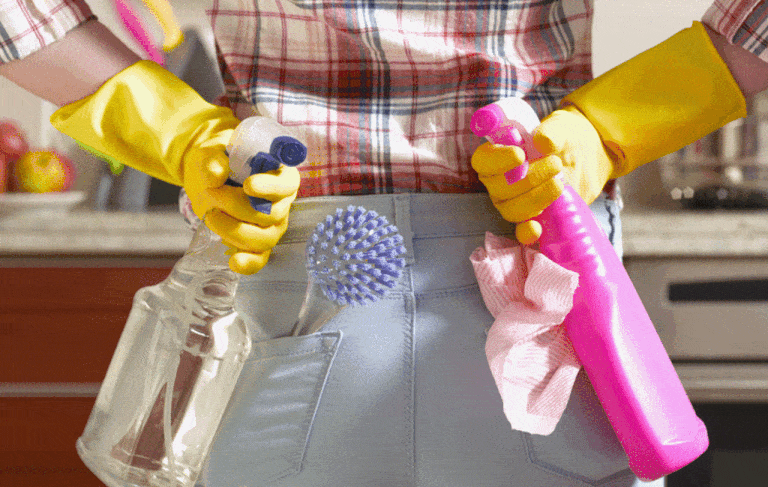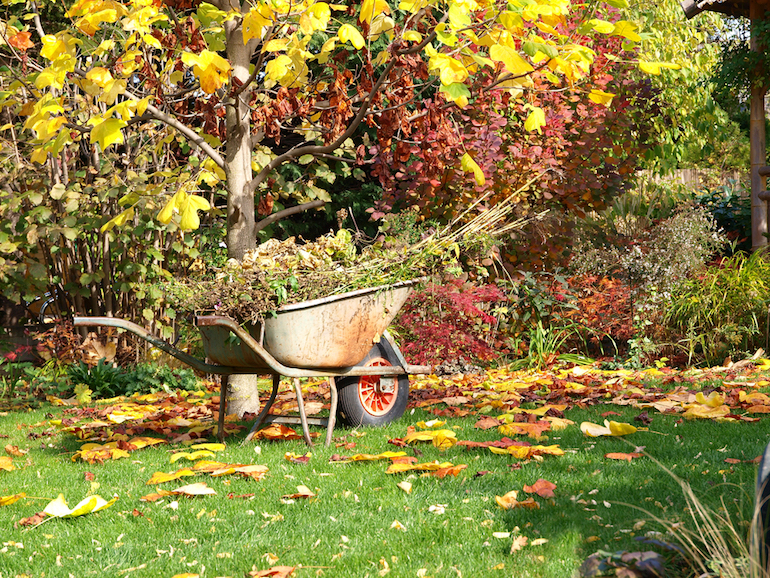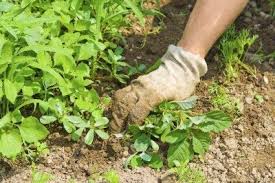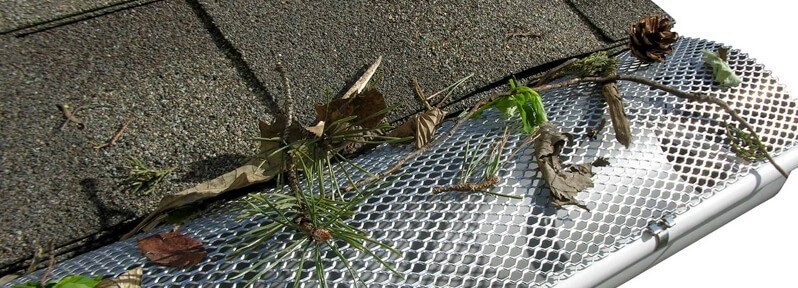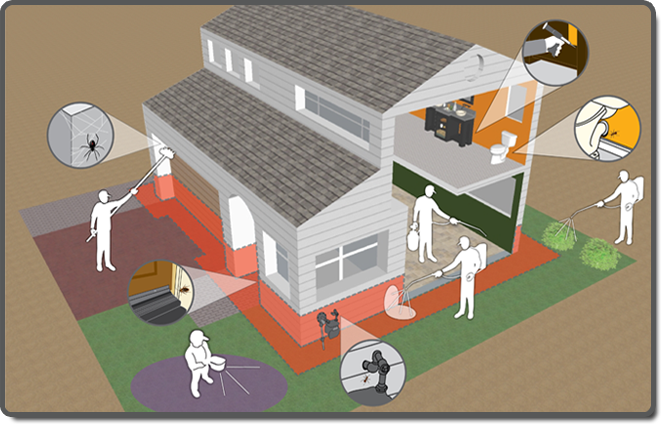Home Maintenance for Winter
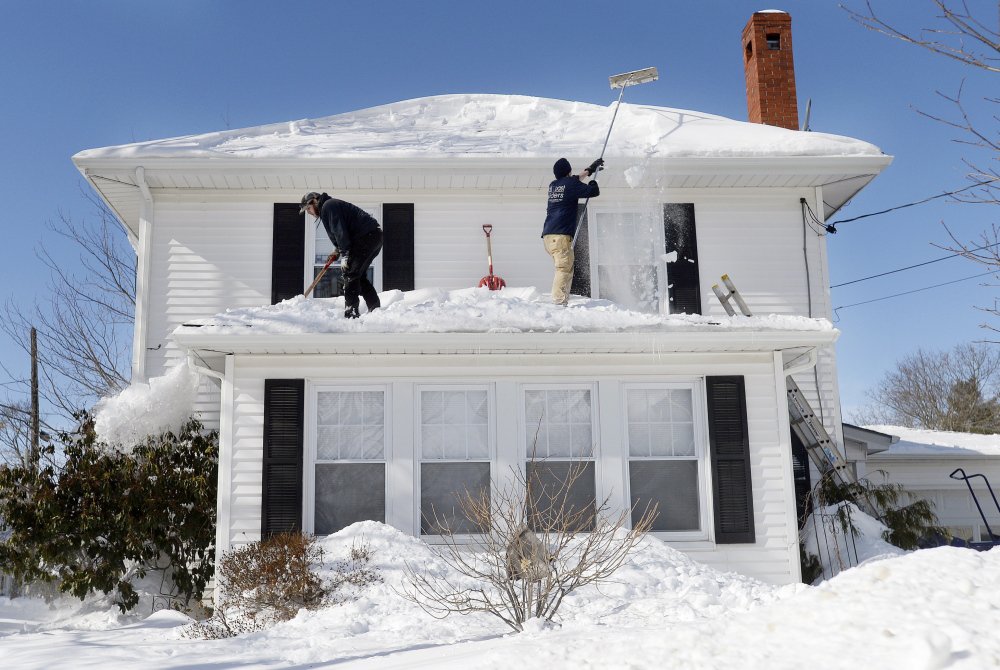
Home maintenance may be the last thing on your mind now that the holidays are over and the days are becoming colder and colder. Sitting in your home wrapped in your favorite blanket by the fire is likely what you are thinking about this winter. There is some home maintenance items you should take care of during the winter months however so that you don’t have to deal with issues caused by not doing so later. Below is a list of a few home maintenance items you need to go ahead and take care of around your house this winter.
- As temperatures continue to plummet this winter you should do your best to protect your pipes from freezing. You can wrap your pipes with many different things to protect them from the elements such as heat tape and insulated pipe covers. If your pipes do freeze you can easily thaw them out by wrapping it in a heating pad or using a hairdryer.
- Another home maintenance item you need to take care of this winter to avoid issues later in the year is to do an inspection of your roof, your gutters and your siding as well as your chimney. Make sure that everything is in good working order before the winter pushes your house to its breaking point.
- Winter is a good time to do some cleaning that you might not otherwise think about as well such as cleaning out your range hood, refrigerator coils, dusting off ceiling fans, and dusting off light fixtures and bulbs. These items typically get overlooked when it is warm outside because you don’t spend as much time indoors when it’s nice out. Being stuck inside on a cold wintery day is a great excuse or reason to clean these types of things.
- Lastly you might want to take the time you have in your home this winter to de-clutter your house. Getting rid of clutter will not only get rid of fire hazards but will also make you feel more at peace when you do have to spend a lot of time indoors.
These are a few home maintenance ideas that will help you to keep your house in good working order for the year to come. Why not get started now so that you can then have some time to rest before you have to do it all over again.
Courtesy of New Castle County DE Realtors Tucker Robbins and Carol Arnott Robbins.
